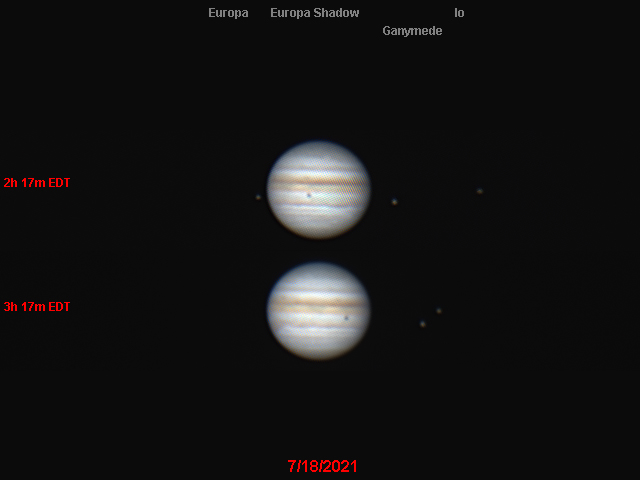
Jupiter – 7/18/2021 2h17m & 3h17m EDT
Telescope: Celestron C11 @ f/20, Orion Atlas EQ-G
Camera: ZWO ASI294MC Pro, 0C, OPT 2” 2x Barlow
Filter: Highpoint Scientific IR cut filter
Seeing: poorr, 3/5, clouds, haze
Exposure: 3x(1024x100ms), gain 300, binned 3×3, saved as SER
White Balance: Nebulosity Automatic
Software: SharpCap Pro, AutoStakkert, Registax, Nebulosity, Photoshop
These two images were taken as part of an initial test of using this equipment set for lunar and planetary imaging. I had expected the conditions to be rough and the primary objectives were to get the equipment assembled, aligned and focused and the take a look at the field of view and field quality. Getting useful images would have been a bonus. I got up about 2am to fine tune the focus and image Saturn right before it reached the meridian. Unfortunately, the sky was covered with a veil of thick haze and clouds. I could see Saturn through the clouds using long exposures, but imaging was out of the question. Jupiter was brighter, but not much better. I found that if I set the exposure to 100ms (about 10x longer than normal) I could catch glimpses of the planet through thinner spots in the clouds. Just for yucks I grabbed 3 sets of 1024x100ms images each with the hopes of snagging at least a few usable images. I stepped outside about an hour later hoping to catch Jupiter before it reach the meridian, and the conditions were even worse, but again I grabbed 3 sets of 1024x100ms images just to see what I could get. I also binned the source images 3×3 to work within the rough seeing conditions. Surprisingly, the results weren’t that bad! At 2:17 I caught Europa approaching Jupiter with its shadow in transit, and at 3:17 the Great Red Spot was just rotating into view. Europa was now in transit and lost against the planet, though it’s shadow was still clearly visible. The planet itself showed a nice amount of detail and beautiful colors. It will be fun to see how this system performs when it is actually clear!
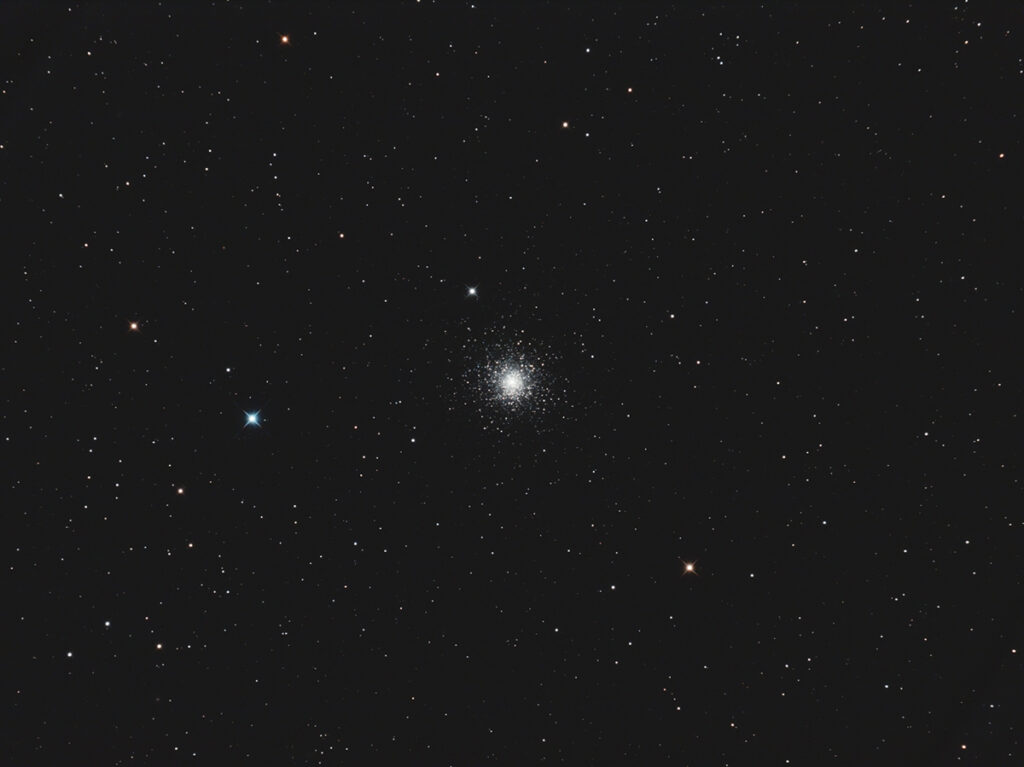
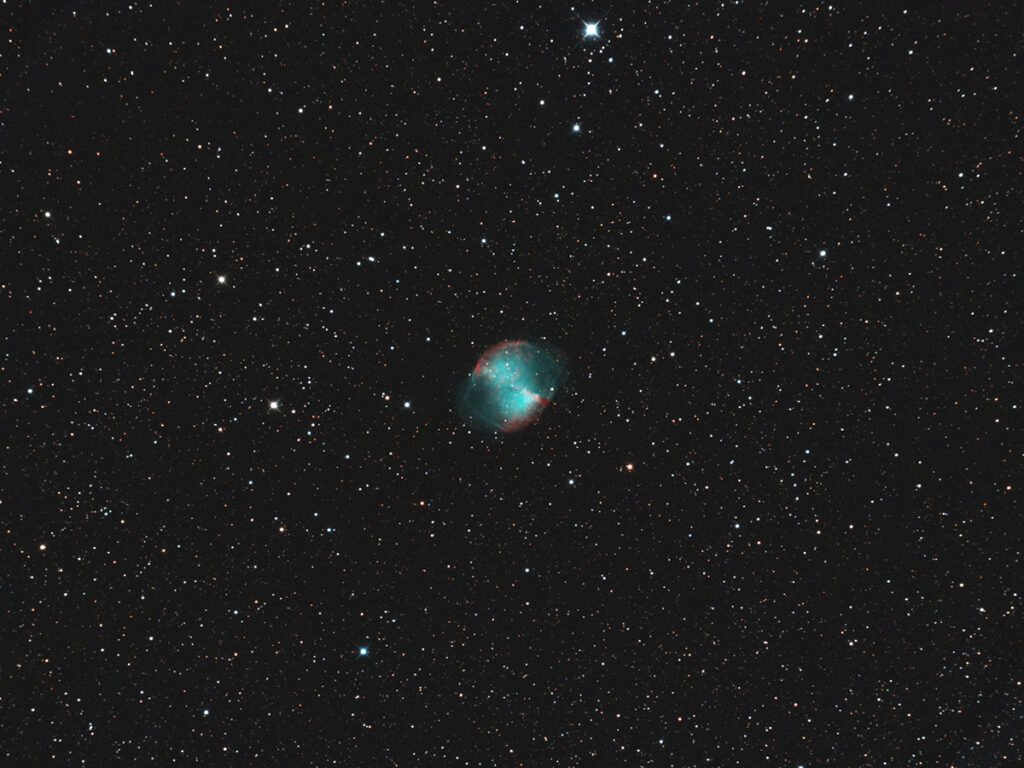
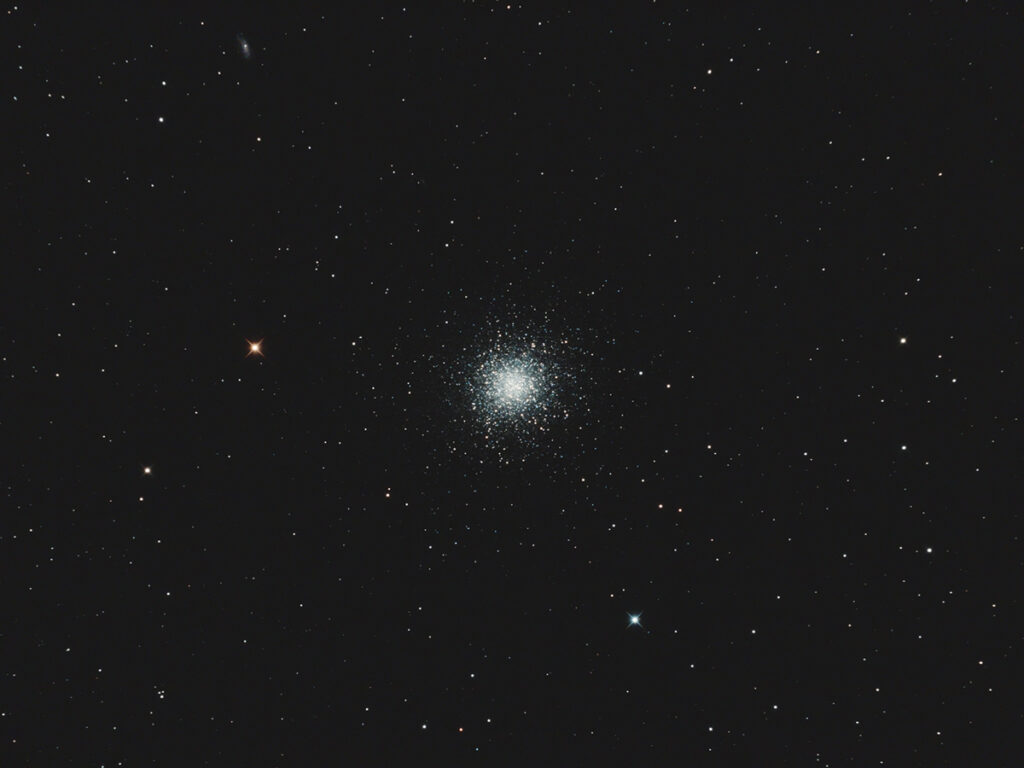
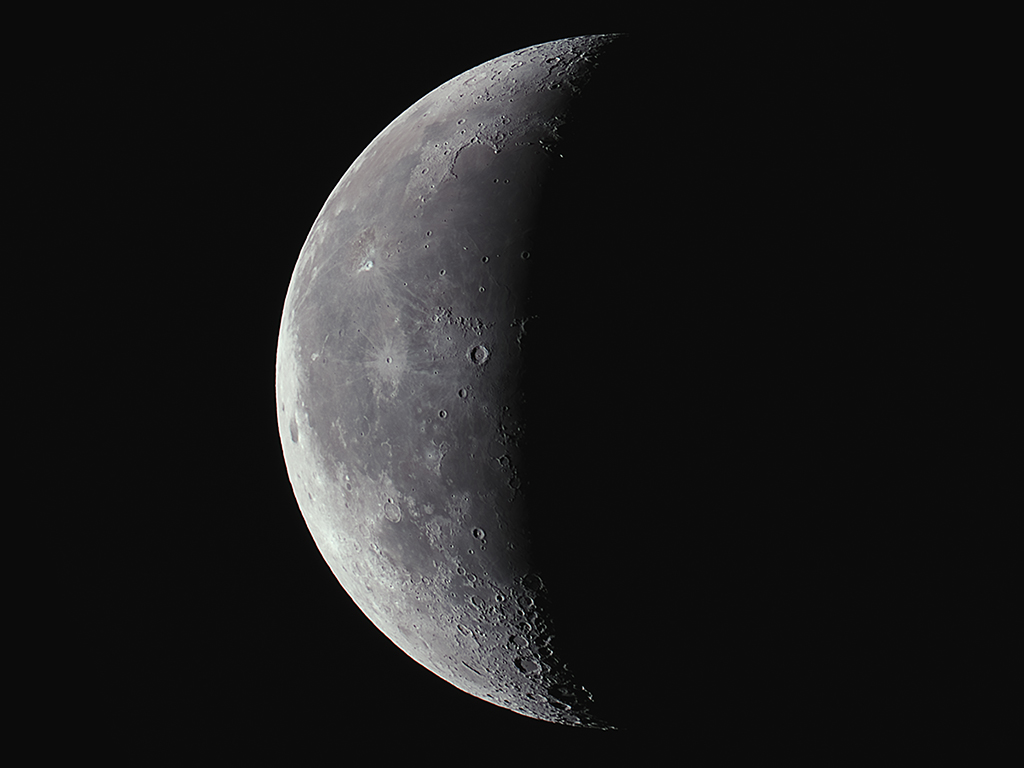

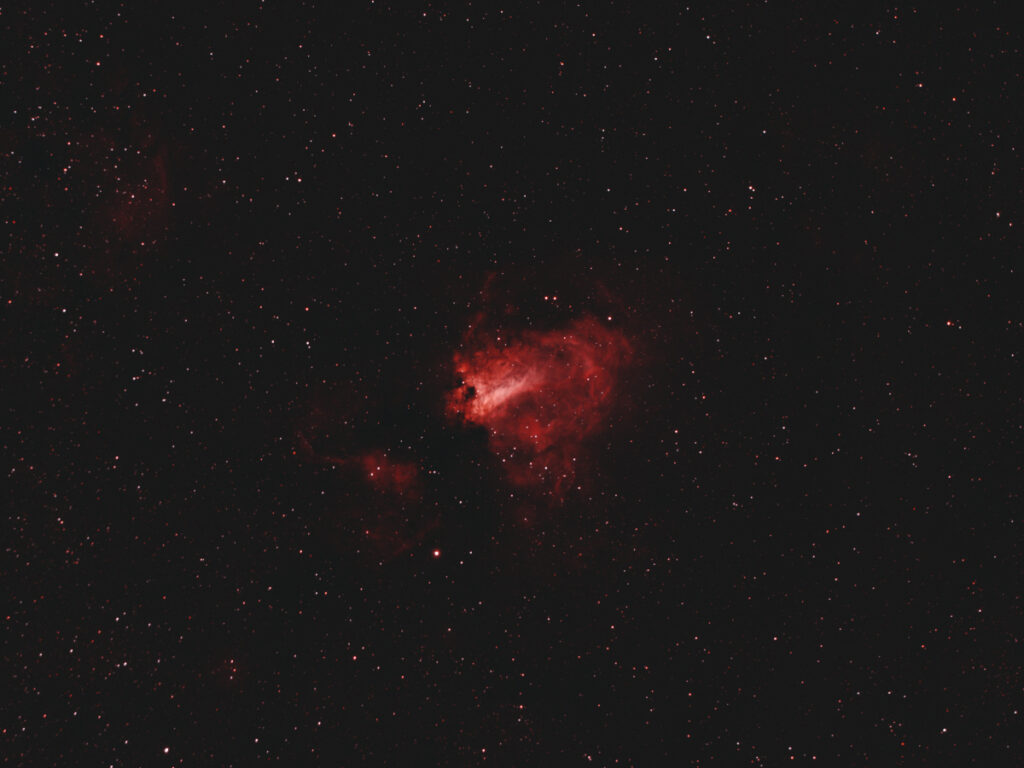
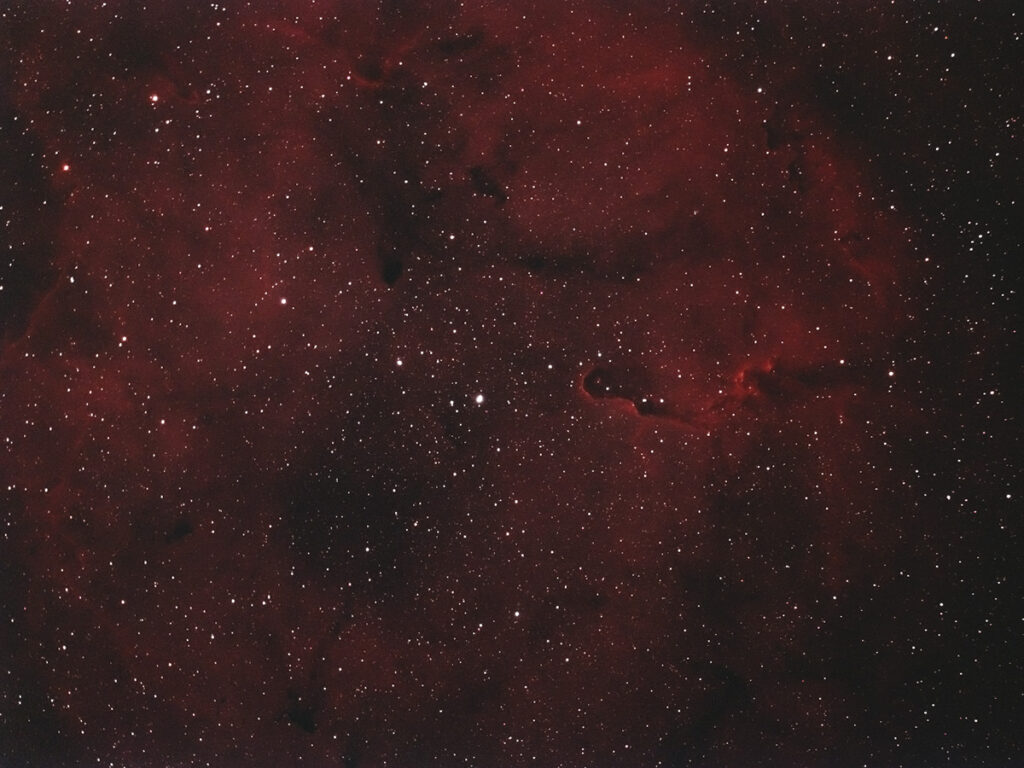
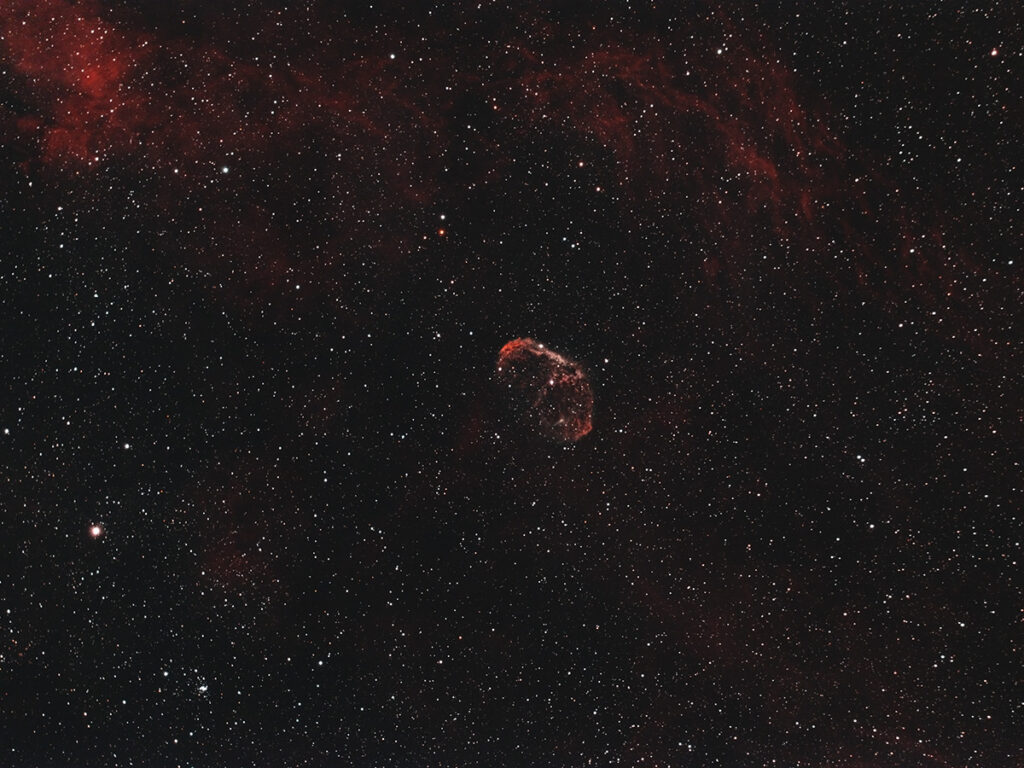
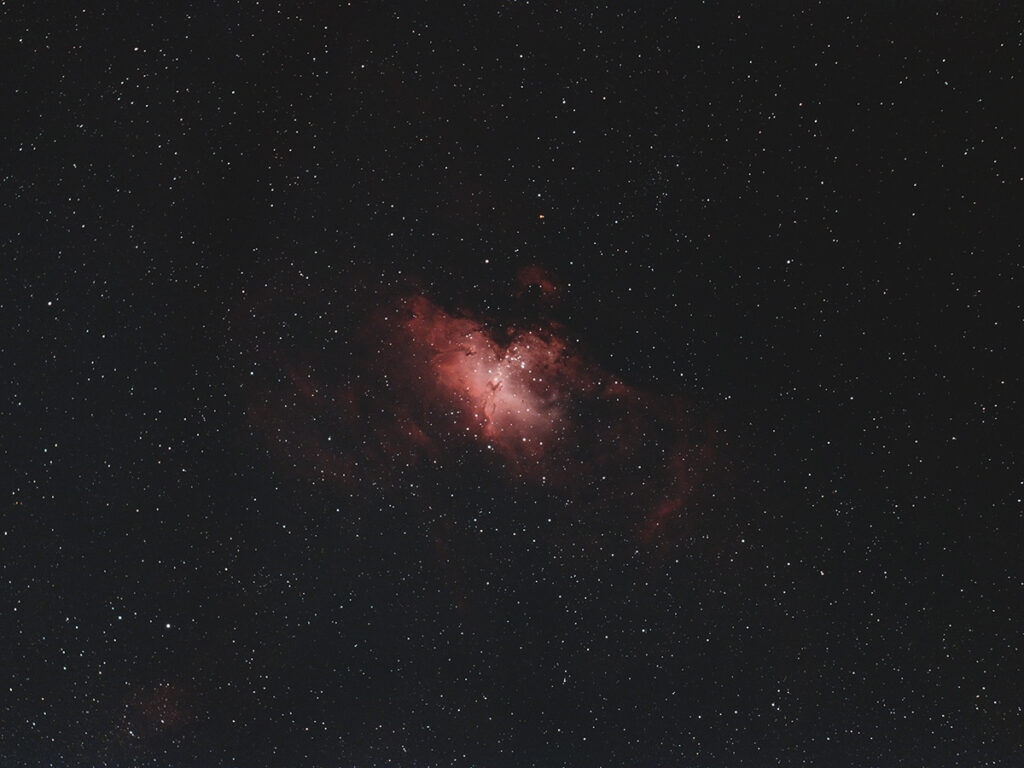
Recent Comments